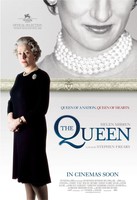
In the centre of constitutional drama, The Queen, a moment occurs in which a stag unexpectantly enters into a private moment being experienced by Elizabeth II. The Stag has a highly commanding presence onscreen, and works in unison with the film’s discussion on the public and private sphere.
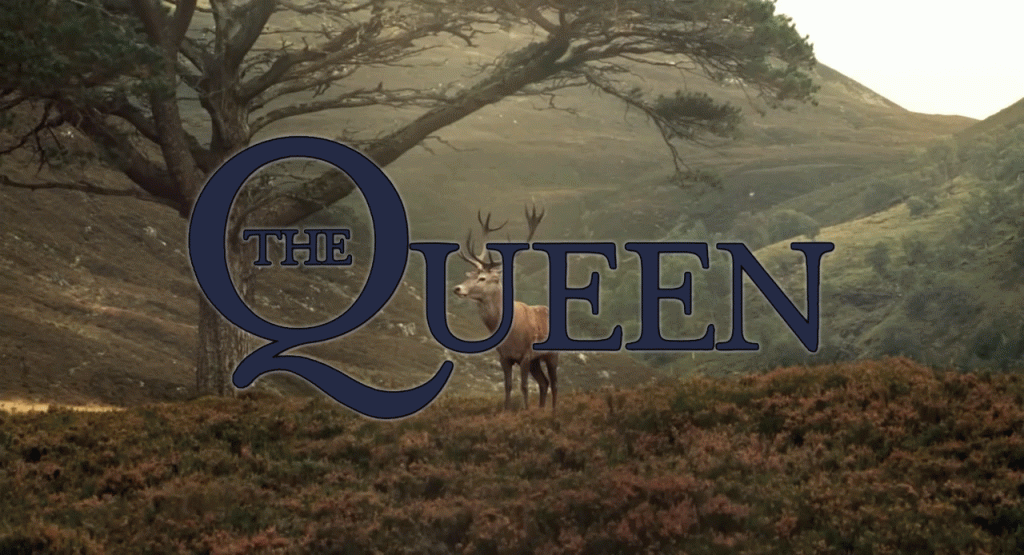
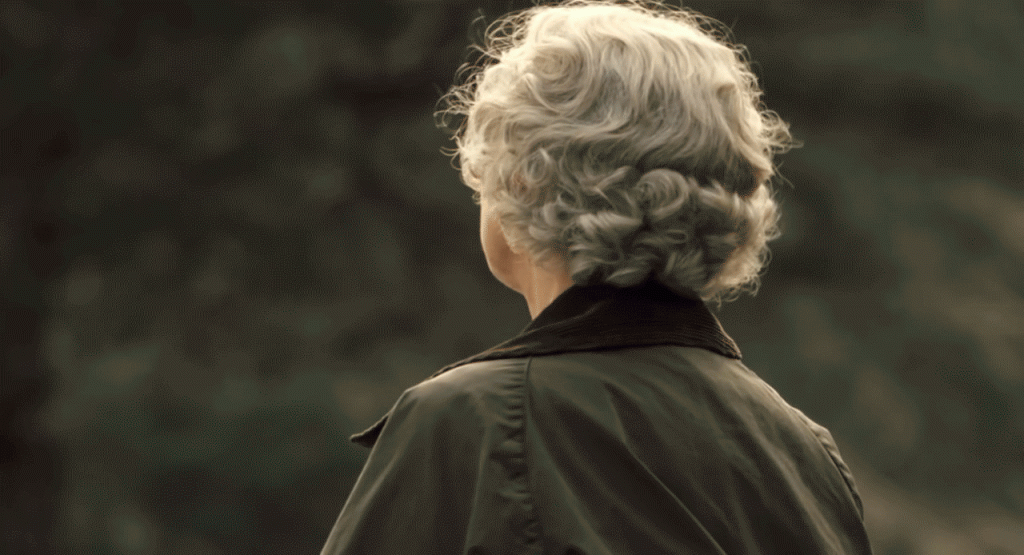
The scene opens with the Queen’s (Helen Mirren) back turned to us, her face concealed, but through audio the audience is aware of her sobs. This is the closest the film comes to the character’s emotional release.
Although withdrawn, this allows the viewer into her private emotional sphere. The following shot has a strikingly shallow depth of field. The Queen is softly blurred in the shot’s foreground, whilst in the background the sharp image of a large stag comes into view. As the Stag appears into the private space, enchanting orchestral music begins to play, consolidating its rich symbolic status as an animal tied to royalty. Without hesitation, the animal aids her public battle of fighting to retain tradition by acting as a subliminal mirror. The otherworldly soundtrack helps to create a seamless transition of the animal onto screen, reinforcing a tight connection between creature and monarch.
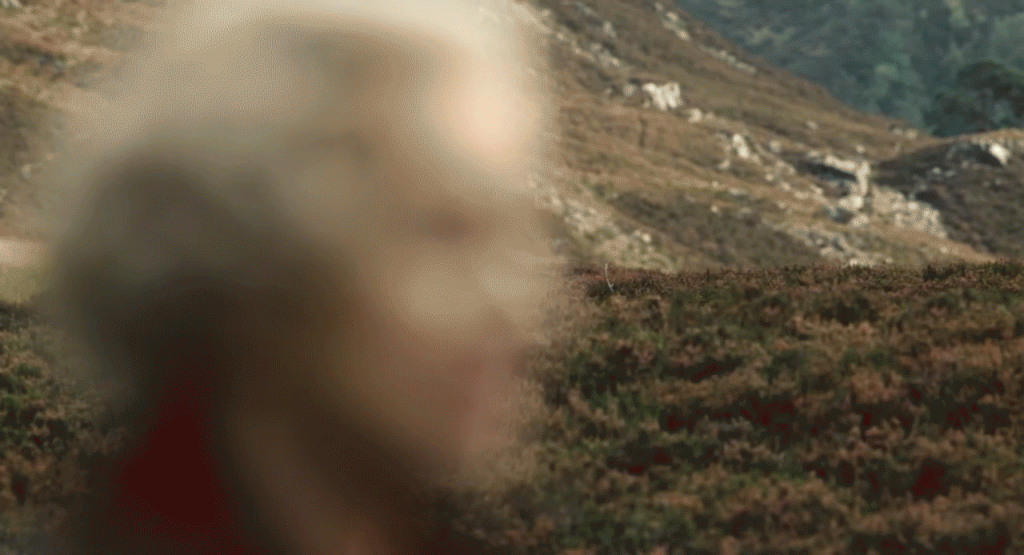
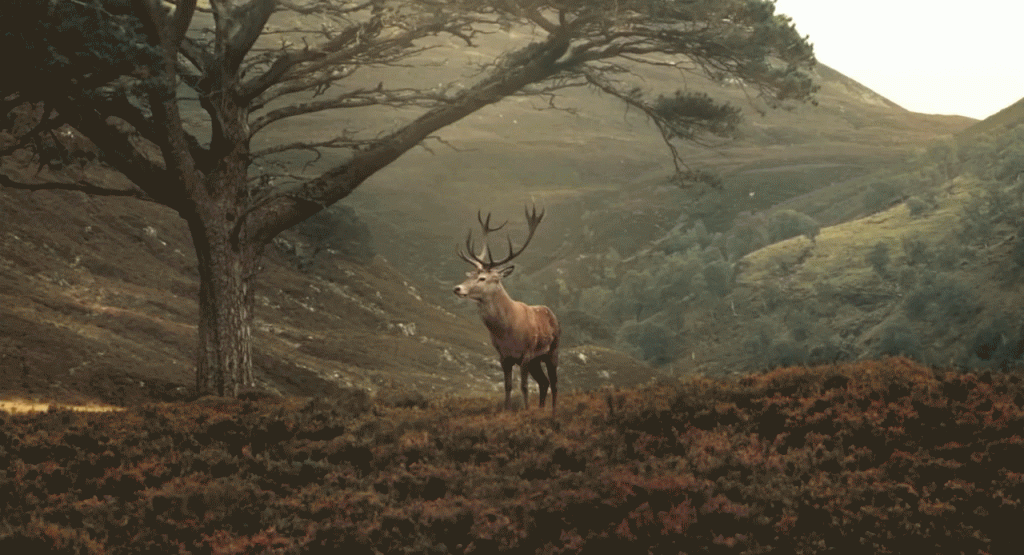
The scene cuts between of close up shots of the Queen and a mixture of wide angle and mid shots of the Stag. These reverse shots bolster the connection without the use of words. The cinematography is ethereal, as a light glow lifts the animal from the shot, and darker areas sink into the landscape. This gives the frame the texture of a sublime painting, clearly referencing Landseer’s Monarch of the Glen1, a hallmark work of a twelve-pointed ‘royal’ stag, that is part of the English tradition of appropriating the rural Scottish landscape. Through referencing this painting and its cohesion of an English composition and Scottish subject, Frears secures the Stag’s onscreen presence as an emblem of the Queen’s private reflection and admiration of Balmoral.
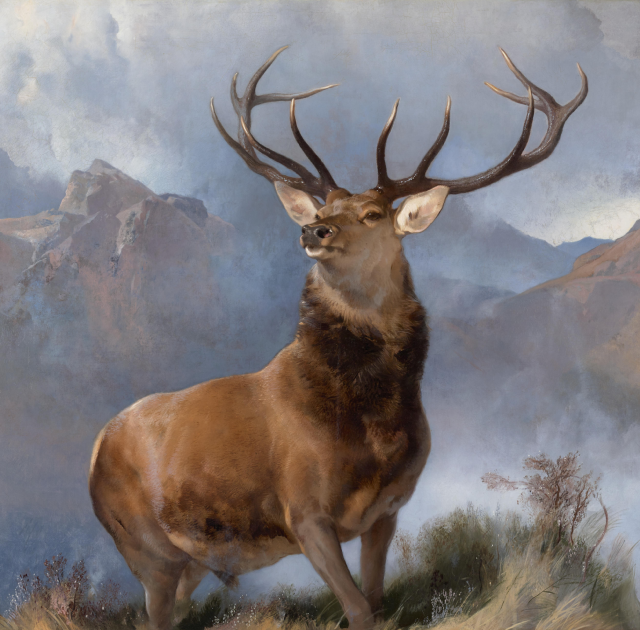
Standing completely central, the Stag parallels the sovereign’s position in the public sphere. As she transfixes on the animal, Mirren’s intense gaze perfectly captures the grandeur of the moment. The Stag is acting in a liminal space, an intermediary in understanding the vast landscape. The longstanding tradition of hunting and the monarchy is paused, instead the animal becomes an illustration of individual human experience. Through the magnificence of the POV shot, Mirren’s Queen is forced to recognise the repercussions of the animal’s death at the Crown’s hand. Humanity has long projected the view that the Stag is a trophy of wealth, more valuable dead than alive, however through the shot’s beauteous composition, it instead becomes of more worth alive.This realisation produces Mirren’s transfixed gaze, as she grapples with the symbolic meaning of the alive Stag in her public life.
Now shattered by a gunshot, the music crescendos to add more layers, awakening the reality of the public sphere, the Stag disappearing like a mythical creature. Despite the animal suddenly vanishing, it leaves the landscape completely untampered with and the monarch again alone in her privacy. The magical quality of the animal’s exit incites an ambience of change; it has served its purpose by acting as an uncanny mirror, allowing the healing process to begin. The Queen is now permitted to progress through emotions of relief, control and collection.
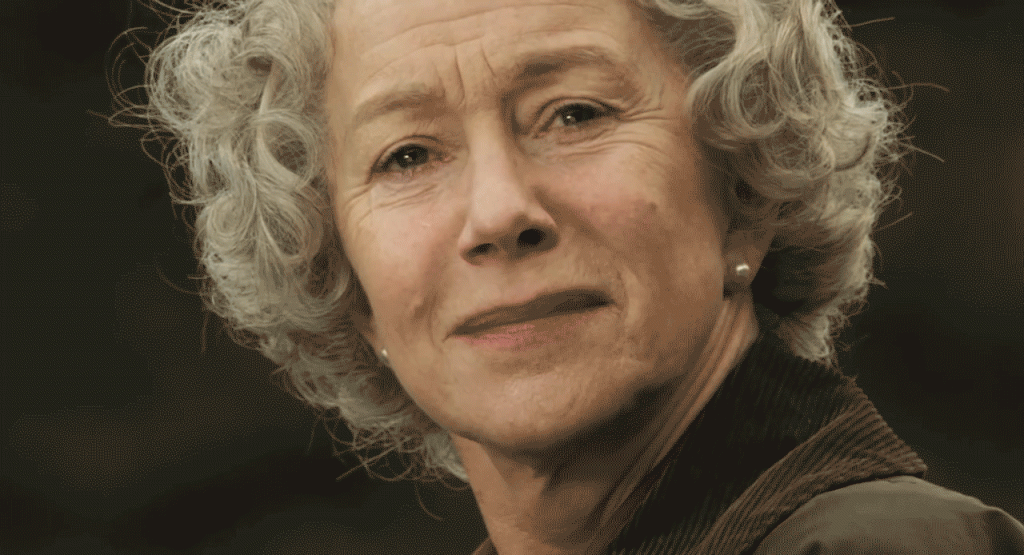
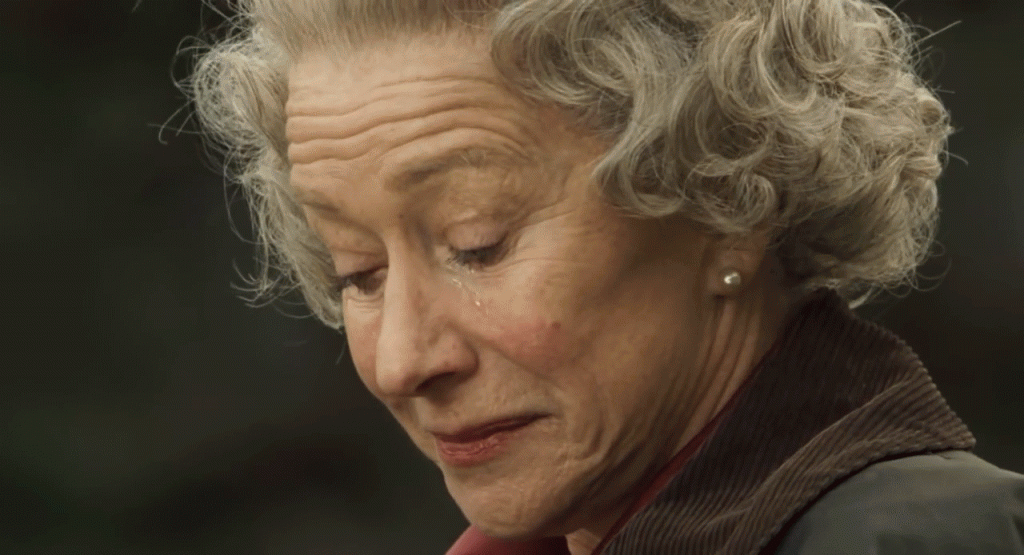
In its entirety, the scene only shows us close-ups of the Queen, cutting between these and the ethereal shots of the Stag. The animal’s unreturned gaze allows the public-figurehead to gaze back with no repercussions, as the remainder of the film consistently places Mirren’s character in spaces of ever-increasing public scrutiny. Through the encounter, the film finds diversion from the media-heavy world. The change in perception of the animal, from hunted to freed encourages the Queen’s transition away from private traditional restraint, to a modernised monarchy.
1Sir Edwin Landseer, Monarch of the Glen(Edinburgh: Scottish National Gallery, 1851).